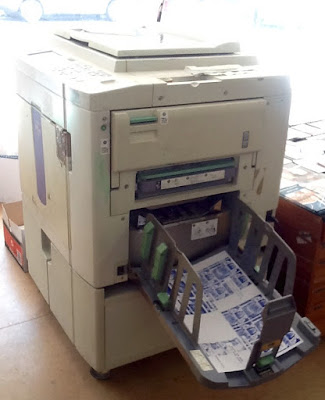Blog 06.07.21
The Wealden Literary Festival and Mud-larking.
The other weekend I went to the Wealden Literary Festival. It had been cancelled last year and as it is set outside in the beautiful 'Boldshaves Garden' I thought it would be a wise and safe introduction to reopening my wider social life, since it all closed down so suddenly back in March 2020.
It was an overcast and dull, drab day. The roads and fields were covered in misty rain as we drove down into the Weald of Kent from the coast. But the closer we got to the site the more excited I became to experience something new- people, places and spectacle had all been very limited over the last 15 months or so.
I love this little festival, it’s got a very chilled vibe, everything is presented beautifully and the gardens in which it is hosted are charming. Every time I go I promise myself I will return and explore the gardens fully when the festival is not on, to experience the larger sense of space and detail of the planting and structure. This year I might actually do it.
The festival ‘is a chance to unearth some of the magic of the natural world and celebrate our relationship with place through literature, arts, crafts and food...’. They do this well, it has numerous workshops on offer and many children's activities- of which I especially loved the fairy trail that you could follow on a map through wild woodland, entered via a storybook arch.
For the grown ups there were many more activities to enjoy. I had booked tickets to attend a conversation between Katherine May of ‘Wintering’ and Lara Maiklem, author of ‘Mud-larking’. I am so glad I did, Katherine chatted to Lara and we discovered her true love of looking for treasures on the foreshore, specifically along the River Thames in London and further out into the Thames Estuary. When I say treasures, I am not talking precious metals or jewels, these treasures are items of everyday use that are valuable in their own way, of telling a story, adding personal depth to any history that we may read.
She especially loves to find pieces of shoes as they reflect the person; any imprint in the way that the show was worn, literally- the repeated movement of the foot within the leather can connect her in her imagination with a physical trace of its owner. She says the discoveries are often uncanny, there is an essence of the owner in the worn pieces of leather she finds.
Lara explained that when Mud-larking, it was the quality of attention that she paid to the foreshore that was enjoyable, the art of looking that was, for her a form of meditation. She said that sometimes she will see something and just gaze at it whilst it is still in the mud and that is almost enough. And yet, her curiosity gets the better of her and at last she will unearth the object and then there is the period of ‘after-larking’, when she will clean, research and preserve the object.
A few clues were given as to what to look for if you were ever tempted to try for yourself. Give yourself time to ‘get your eye in’, look specifically for straight lines and perfect circles- what doesn’t quite fit in the local environment that you are concentrating on? I often pick up fossils off of the foreshore where I live in Tankerton and I think that this is excellent advice. I will also add, look for changes in colour and pattern too.
But the main reason for such an interest is in the joy of discovery. It’s a pleasure of connecting physically to the past, our shared history, as these finds are part of ordinary things probably used by our ancestors too. They tell a story, a lost moment in an everyday life. The item can become a relic and stand for so much more than the history books may ever tell. Perhaps the act of Mud-larking and the interest it gives us is a comforting understanding that we may live on in tiny fragmented ways and could be a prompt for a future soul to reimagine our life. Relics of ordinary lives caught up in the flow of a historic river, weathering all storms and settling down in the mud, awaiting discovery.








































